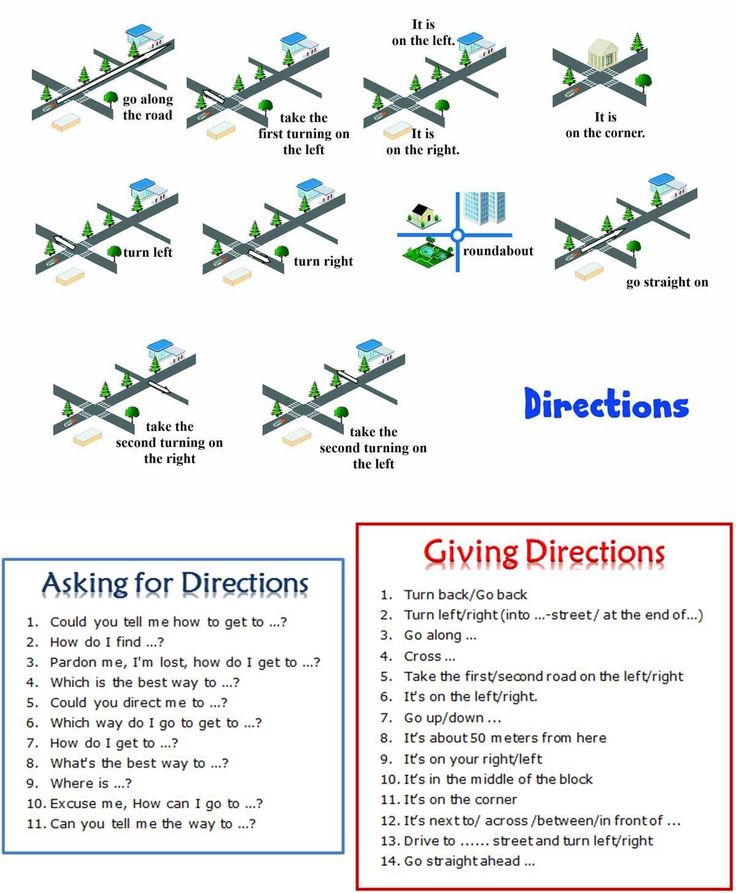Directional tyres are marked on the side, i.e. on the tyre's sidewall. You will see the word "Rotation" or "Direction" written here. Next to it, there is a small arrow which indicates the tyre's forward direction (rolling direction).
Directional tyres are marked on the side, i. e. on the tyre's sidewall. You will see the word "Rotation" or "Direction" written here. Next to it, there is a small arrow which indicates the tyre's forward direction (rolling direction).
You might have noticed it before: Directional tyres have a "V" shaped profile as opposed to a "U" profile. This not only looks sporty, but also fulfils a special function: The arrangement and the inclined shape of the tread grooves ensure that any water is channelled very quickly onto the road and discharged immediately to the outside.
This feature gives you special protection against aquaplaning. But not only that: the special profile shape also ensures stability at high speeds as well as on snow-covered ground. This is why winter tyres are often directional.
Many summer tyres are also directional tyres. After all, heavy rain showers also occur in the warm months of the year.
The special tread pattern is ideal for sports cars and high speeds. They also have the following advantages:
They also have the following advantages:
In contrast to asymmetric tyres, directional tyres are not suitable for use as a spare tyre. This is because they are rim-dependent. This means that, as they are mounted on the rim, the tyres are only suitable for one side of the vehicle and cannot be used flexibly on either side in the event of a breakdown.
Mounting directional tyres
The special tread cannot work properly if directional tyres are mounted the wrong way round. This means that the tyres will not hold the road very well and the risk of aquaplaning will be greater. Incorrectly mounted tyres will also wear down faster and they will be louder when driving.
Correct mounting is very important to ensure that directional tyres work to their full effect.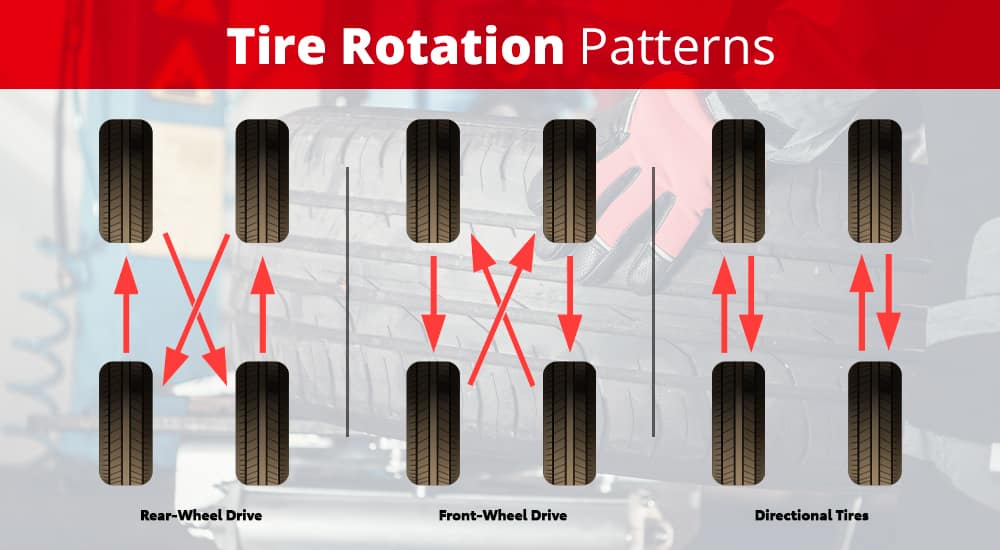 This is why you should always abide by the marking on the tyre's sidewall.
This is why you should always abide by the marking on the tyre's sidewall.
Barum. A brand of Continental.
Good tyres. Good deal.
There are benefits to directional tires and it is good to know if your tires are directional so that you don’t improperly rotate them. But how can you tell?
Not only is it important to know what directional tires are and how to tell if you have them, but it is also good to know why it is important to know if you have directional tires and how to know which way they should be facing.
You can check the sidewall because a directional tire will have an arrow pointing towards the front end of the vehicle or say “this side out” to indicate which side of the car it is meant for. You can also check for the v pattern on the tread.
This article was written from personal experience combined with expert advice.
Directional tires have a different tread pattern than symmetrical or asymmetrical tires.![]() The pattern on the tread of directional tires is only designed to go one direction. This creates a v or y shape when you look at the tread pattern.
The pattern on the tread of directional tires is only designed to go one direction. This creates a v or y shape when you look at the tread pattern.
Directional tires are also called unidirectional tires and are better for performance cars and high speed. Directional tires move the water away which makes them better for preventing hydroplaning.
Since directional tires have to face a certain direction, they cannot be rotated to the other side of the vehicle without more work. To rotate them to the opposite side of the vehicle, they have to be dismounted and remounted on the wheels in the correct position. This is why most drivers that have directional tires tend to rotate them from front to back or vice versa instead of doing a full rotation. However, this can lead to uneven tread wear and poor gas mileage.
Even though directional tires are more expensive than the average symmetrical and asymmetrical tires, there are some great benefits to be aware of.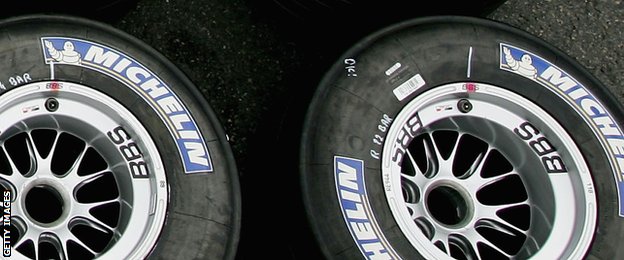
The v-shaped tread on directional tires gives them improved handling ability in wet conditions. This is because the water will be channeled and pushed away from the tires. They also work well on dry surfaces. This is true even when traveling at higher speeds. Most race cars and sports cars use directional tires because of their handling ability at higher speeds. This is because of the better traction that directional tires create.
Also, directional tires can provide you with improved fuel efficiency. This is because they have less resistance to rolling. There may also be an improvement in fuel efficiency when driving on wet surfaces because of the tendency to channel the water away. They will also protect you against hydroplaning.
Directional tires also tend to be good in different conditions. They can adequately handle snow and mud for example. They are often much quieter than other tire types as well. Finally, many people like the way directional tires look because they have a fast, sleek appearance.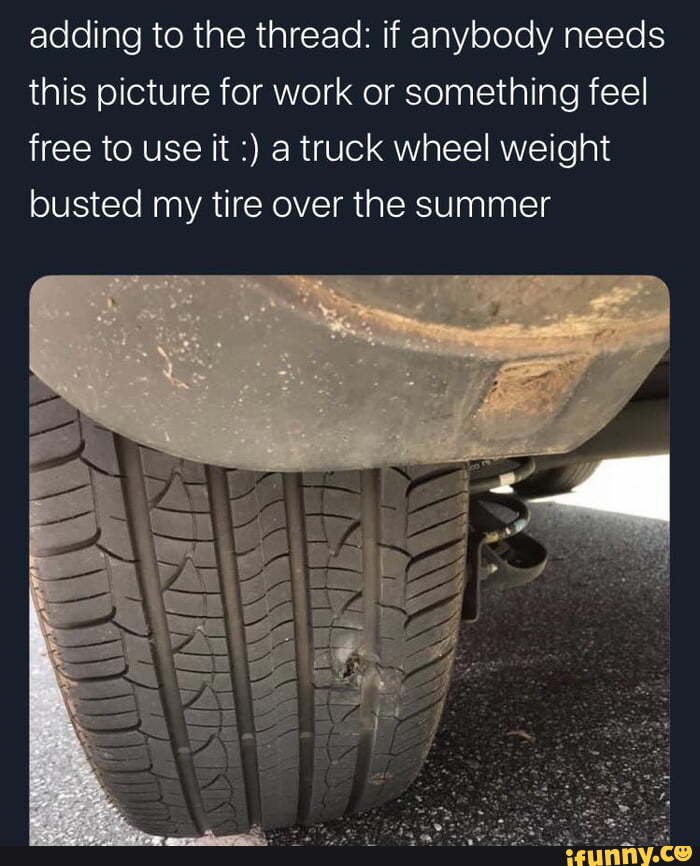
Besides the increased price compared with other tires, there is only one major downside to directional tires. The tread on unidirectional tires will typically be shorter than with other types of tires. This is because users tend to only rotate them front to back. However, if you do not mind the extra labor and cost of rotating them to the other side of the vehicle, then they can last just as long as any other tire.
The easiest way to tell if you have directional tires is to read the sidewall. The sidewall of a tire contains a lot of information including the direction on a directional tire. There are two different things that may indicate that the tire is directional. The first is an arrow pointing in the direction of the forward motion or the front end of the vehicle. The second indicator on the sidewall will be the words “This Side Out” that indicate that to rotate to the opposite side the tire would have to be dismounted and remounted facing the correct direction.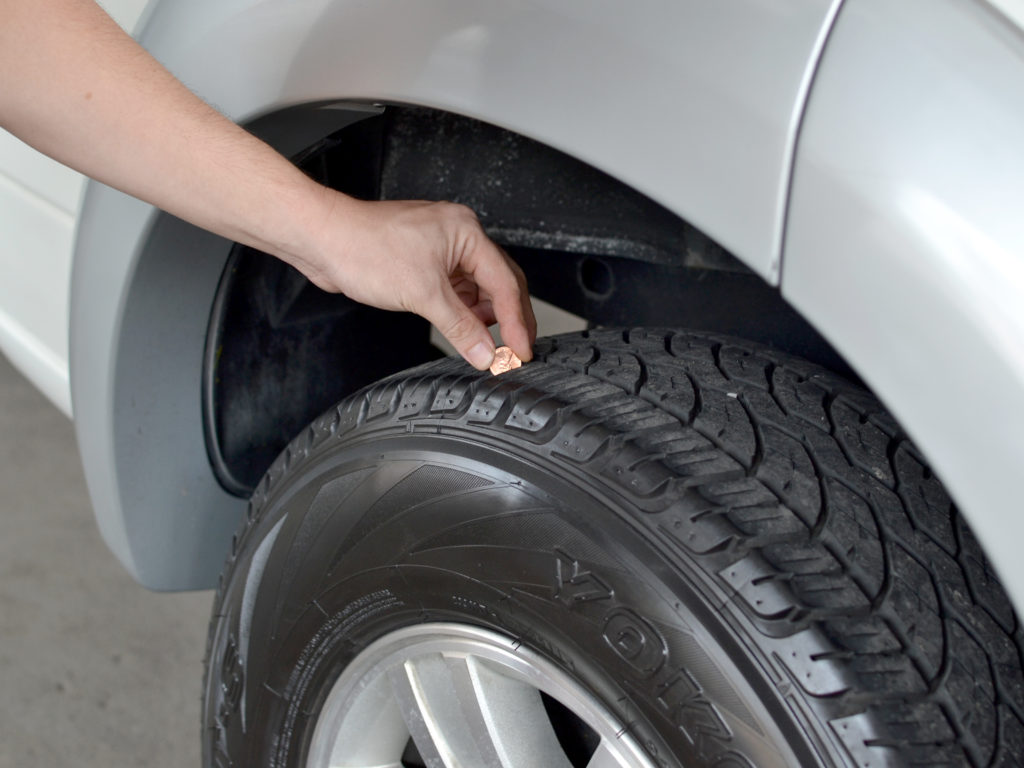
Asymmetrical tires will also require correct mounting onto wheels because they have an inside face and an outside face. However, unlike directional tires, the outside and inside are the only things that matter and they can point any direction.
Another way to tell if you have directional tires is by looking at the tread pattern on the tires. A directional tire will have a unique looking tread compared with other types of tires. The tread pattern will form a v-shape or a y-shape when you face the tire from the front. This is different from symmetrical tires because a symmetrical tire will have a tread pattern that partially goes towards both directions so that it does not matter which way the tire is mounted on the vehicle.
It is also important to check to see if all of the tires on your vehicle are directional. You should never assume that just because one or both front tires is directional or nondirectional that the other ones will be the same way. It is entirely possible to have a mixture of directional and nondirectional tires on the same vehicle.
There are a couple of reasons why it is important to know if your tires are directional whether they are tires already on your vehicle or tires that you plan on mounting to your wheels. Even though a unidirectional tire that does not face the right way is not necessarily a safety hazard, it does negatively impact the tire and vehicle performance and may reduce energy efficiency and it should be corrected. Finally, if they are not installed correctly, the tread can wear down much faster. Tread that is worn down too much does, in fact, pose a safety hazard.
The first reason why it is important to know if the tires are directional is when you are preparing to mount them to a vehicle. When you are mounting directional tires, you have to make sure they are facing the correct direction. Therefore, not only do you have to know if they are directional tires, you also have to know which way they need to be installed.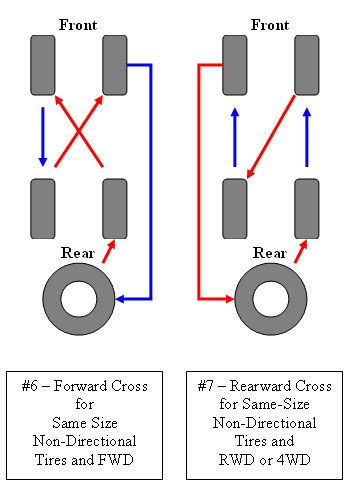
You can double check for an arrow on the sidewall that points to the front of the vehicle. Alternatively, you can look at which way the tires face by looking for the v shape in the tread. This shape should be visible when looking towards the front surface of the tire.
Another reason why it is good to know if your tires are directional is for rotating. Since they are made to face a single direction, they cannot be rotated in the same way as other tires. When nondirectional tires are rotated, they are typically moved from the front to the back and vice versa and, depending on if it is rear wheel drive or front wheel drive, they will also move to the opposite side of the vehicle. With directional tires, the process is not as simple.
When you are preparing to rotate the tires on a vehicle that has directional tires, you will have to follow a different procedure. Typically, you can still rotate the front and rear tires as long as they stay on the same side. This is beneficial, but doing this throughout the tires’ lives can wear out the tread fast and unevenly which means new tires sooner.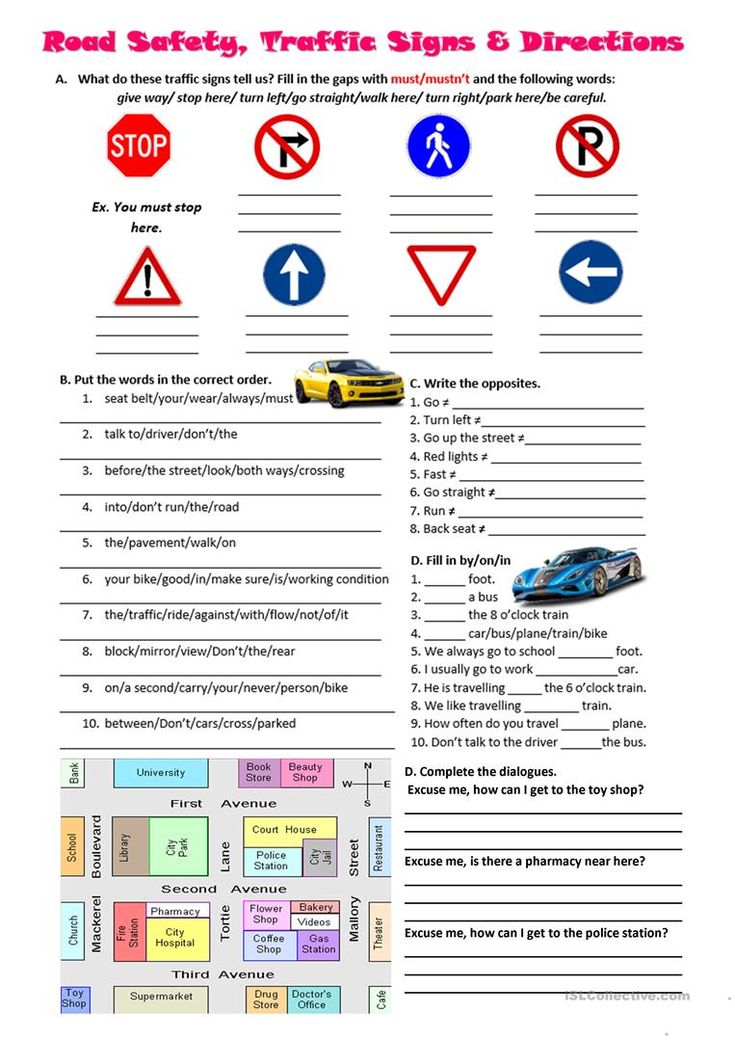 The best way to properly rotate directional tires requires more skill, labor, and cost than a typical tire rotation.
The best way to properly rotate directional tires requires more skill, labor, and cost than a typical tire rotation.
The best way to properly and adequately rotate directional tires is to remove the tires completely and remount them in the correct direction at the proper rotation place. This would depend on whether the vehicle is rear wheel drive, all wheel drive, or front wheel drive.
Introduction
What is the feature of the directional tread pattern?
Advantages and disadvantages of
directional tiresHow to properly install directional tires
Conclusion
When choosing good tires, you often face the problem of not only a huge number of models, but also a variety of tread patterns, which also need to be sorted out. One of the most popular patterns is the traditional directional pattern, which has been used on the tread surface of a wide variety of tires for decades.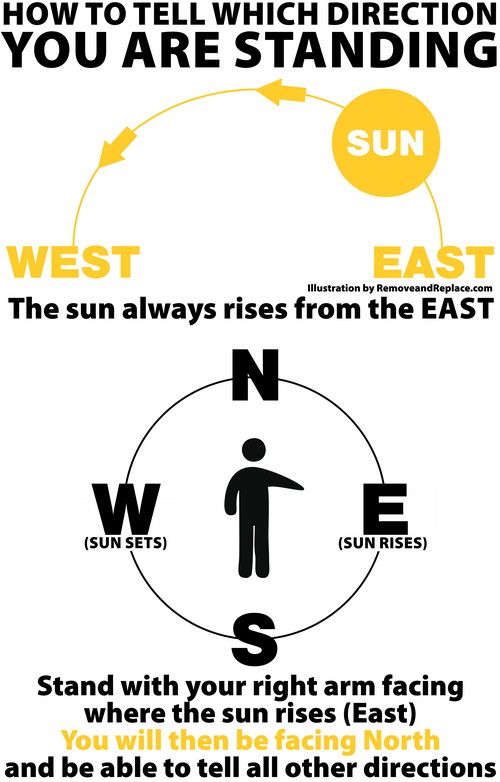
What are directional tires and why are they still in demand not only among motorists, but also among professional motorcycle racers? In the article, we will reveal all the secrets and technologies of directional tires, as well as show you how to install them correctly. Here, nuances and discoveries await us at every step.
There are four types of car tire tread pattern:
directional symmetrical,
non-directional symmetrical,
non-directional asymmetrical,
directional asymmetric.
Each drawing is designed for its own version of the road and has its own set of advantages. Different tread patterns have different functionality and behavior on the road. When mounting tires on wheels, their own installation principles also work, which will need to be strictly observed so as not to create an emergency. We will talk about them in the corresponding section.
The essence of the directional tread design is clear at a glance: the blocks, ribs and tread grooves of the V-pattern are directional, spinning the wheel in a certain direction. Most often, directional tires are found in winter models, but there are many of them among summer ones. In symmetrical tires, both halves of the directional tread are mirrored, in an asymmetric design, both halves have a different structure and different functionality.
Most often, directional tires are found in winter models, but there are many of them among summer ones. In symmetrical tires, both halves of the directional tread are mirrored, in an asymmetric design, both halves have a different structure and different functionality.
It is necessary to mount the wheels only in the right direction, otherwise all the advantages will come to naught, and at the same time problems with handling and accelerated wear will be added. Excessive strong pressure will accumulate in the center of the working area, due to which the tire will begin to rise above the road and harm traction in how many areas.
The directional tread pattern is best suited for wet tarmac, as the grooves that widen from the center to the sides are much better at shedding water from the contact surface. This not only improves grip on wet surfaces, but also works in favor of protection against the effect of hydroplaning. This works even better for a rear-wheel drive car - the front wheels will quickly clear the water before the rear axle sets foot on the road. Accordingly, contact with the track in such a car will be much more thorough.
Accordingly, contact with the track in such a car will be much more thorough.
The directional pattern of the winter models excels in raking snow and removing dirt from the contact surface - ideal for snowy trails in the winter.
On a dry summer surface, they also give the car a couple of advantages - first of all, it concerns directional and lateral stability. For high-speed tires, this is one of the most relevant designs, as directional tires have a positive effect on the reactions of the car at high speed.
However, their driving disadvantage is the increased noise level during active work on asphalt, and the higher the speed, the stronger the rumble. Also, directional tires are more expensive than non-directional tires, but cheaper than asymmetric ones. It is better not to install directional tires if you often drive on dirt roads or are completely forced to drive off-road. They will not show effective work on soft and medium hard surfaces. For rural areas, a tread pattern with a non-directional arrangement of large lugs is better suited.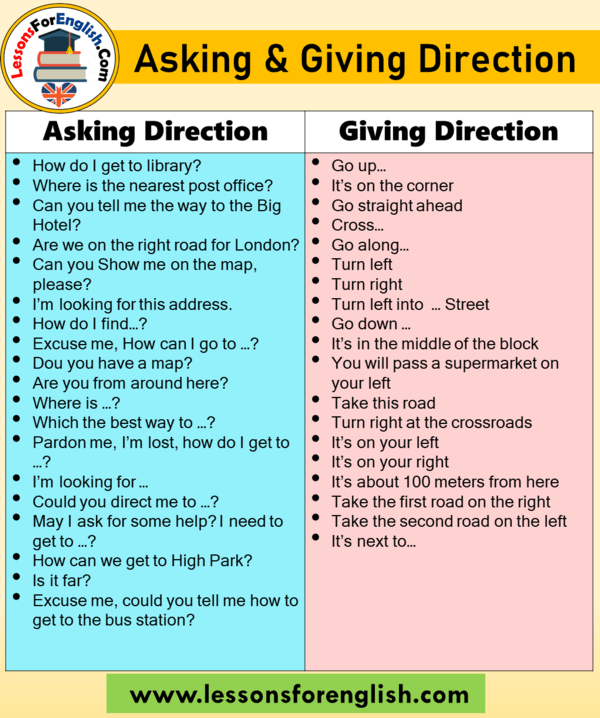 Remember that, being put on disks, wheels with directional rubber can only be changed from the front axle to the rear and vice versa, but not rearranged on the sides. To do this, the tires will have to be disassembled and put as needed.
Remember that, being put on disks, wheels with directional rubber can only be changed from the front axle to the rear and vice versa, but not rearranged on the sides. To do this, the tires will have to be disassembled and put as needed.
Although we've talked about directional tires, it's the symmetrical design that's most common. Asymmetric directional pattern is very rare. This is due to the fact that such tires are not only much more difficult and expensive to manufacture, but they have one serious drawback for car owners. Due to the very strict installation scheme for the car, constant difficulties arose with spares - I had to constantly carry two spare wheels with me instead of one, because you never know which tire will be damaged, and you can’t change directional asymmetric tires with sides. In addition, the warehouses constantly accumulated tires for only one side, which are completely useless without a paired wheel.
As mentioned above, one of the "secrets" of directional tires is their installation pattern.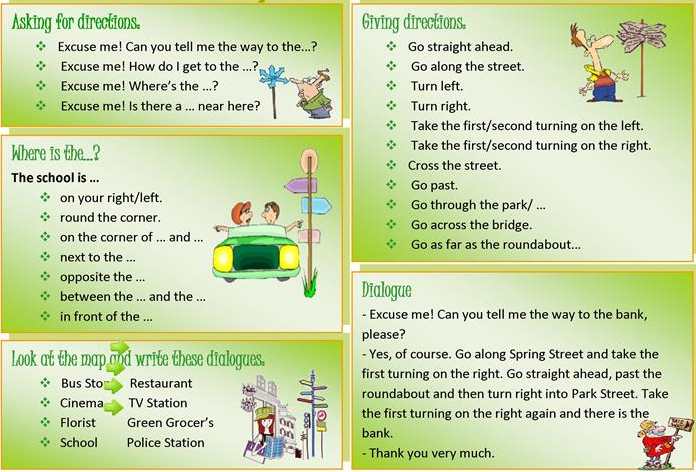 Simply put, you need to find the inscription Rotation (from the English. "Rotation") with an arrow on the sidewall. It is this marker that is an indicator - in which direction the tire pattern should “look” when installed on a car. If you make a mistake with the direction of rotation and put the rubber against the arrow, then the drainage system will rake in water like a mill, and not discard it, leveling all the advantages of the model, or even exacerbating them. The fact that the tires are installed incorrectly will tell you a sharply increased noise in the cabin.
Simply put, you need to find the inscription Rotation (from the English. "Rotation") with an arrow on the sidewall. It is this marker that is an indicator - in which direction the tire pattern should “look” when installed on a car. If you make a mistake with the direction of rotation and put the rubber against the arrow, then the drainage system will rake in water like a mill, and not discard it, leveling all the advantages of the model, or even exacerbating them. The fact that the tires are installed incorrectly will tell you a sharply increased noise in the cabin.
If for some reason you could not find this marker, then you can do it even easier - pay attention to the tire tread pattern itself. The rubber of the directional design is a kind of "herringbone" that is directed forward. Simply mount the tires so that the tread pattern faces the direction of travel of the vehicle.
Rubber with an asymmetric device should only be mounted according to the marking, since each individual side is designed for its own tasks and should never be confused.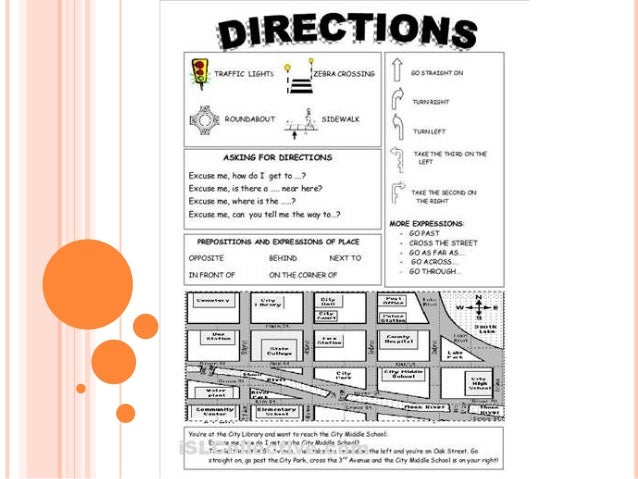 The correct direction of asymmetric tires will help determine the labels:
The correct direction of asymmetric tires will help determine the labels:
Outside, or the outer side of the tire, must face outward.
Inside, or the inner side, respectively, looks inside the car.
Right and left asymmetric tires are much less common. Left (or simply L) will be written on one tire - it means that it must be placed to the left of the body, Right (R) - to the right. You can change them only on one side of the body - front with rear and vice versa.
But much more often, directional tires can be mounted on a rim on either side, the main thing is to follow the direction of the pattern.
And don't forget to balance freshly assembled wheels - tires will never show their advantages and characteristics without good balance. Only after that you can proceed to the installation on the hubs. After installation, go around the car in a circle and check the markings. Recall that we need the rotation direction under the Rotation arrow.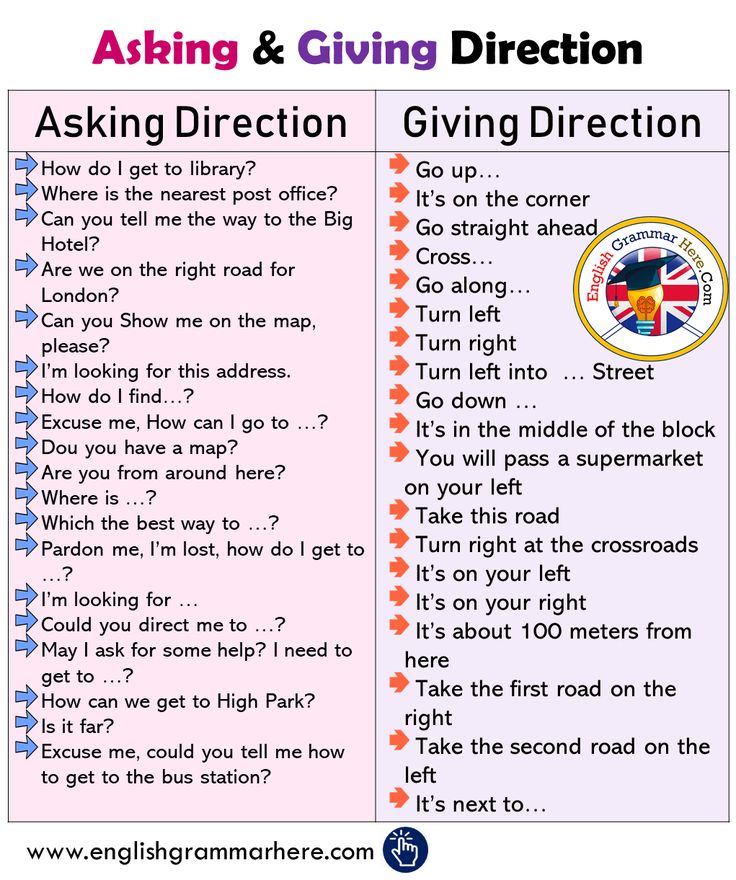 If you have an asymmetric directional tire, then make sure that only the Outside is visible. Left (Left) and right (Right) asymmetric tires must show the sides of the body in the direction of travel.
If you have an asymmetric directional tire, then make sure that only the Outside is visible. Left (Left) and right (Right) asymmetric tires must show the sides of the body in the direction of travel.
For a couple more tips on directional tires, check out this video:
From time to time, all drivers have to buy new tires to replace those that have already worn out. This raises several important questions that I would like to know the answers to before heading to the tire store. I have already answered one in the article “Will we hiss?”
The second question: "Which is better to choose tires - "directional" or "non-directional" - often confuses motorists. In fact, the hair stands on end from the possible options: summer, winter, studded, not studded, directional, not directional, symmetrical, not symmetrical. And if you start considering combinations of these parameters - generally darkness!
In this article, I will talk in a simple and visual form about the pros and cons of all options, as well as give advice to whom to buy.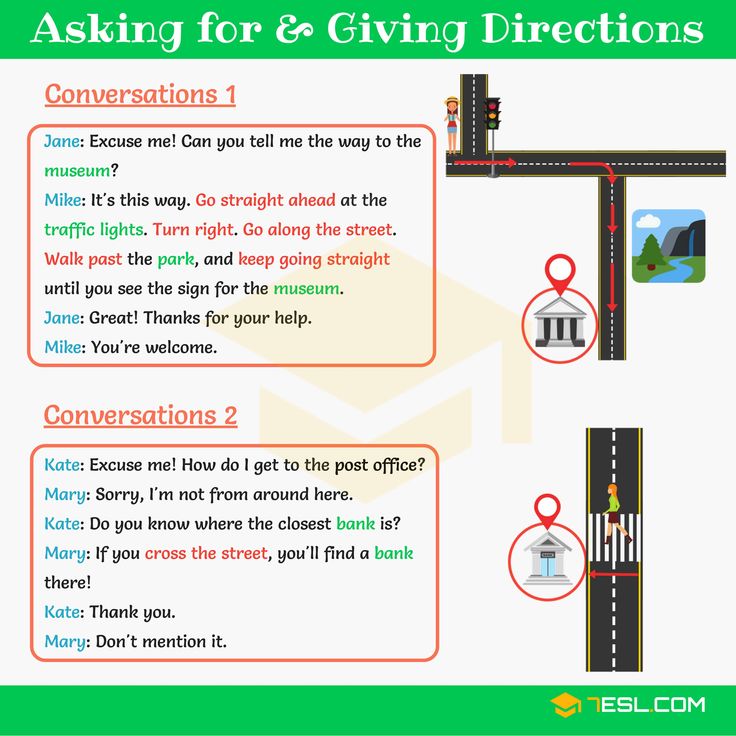 How to choose the right tires is described in this article.
How to choose the right tires is described in this article.
Symmetrical non-directional tread pattern . This pattern has gained its popularity due to the characteristics acceptable to most drivers and low cost.
Pros:
Cons:
If you don't consider yourself a Schumacher, drive mostly in the city at a reasonable speed and carefully, then symmetrical non-directional tires are the best option for you.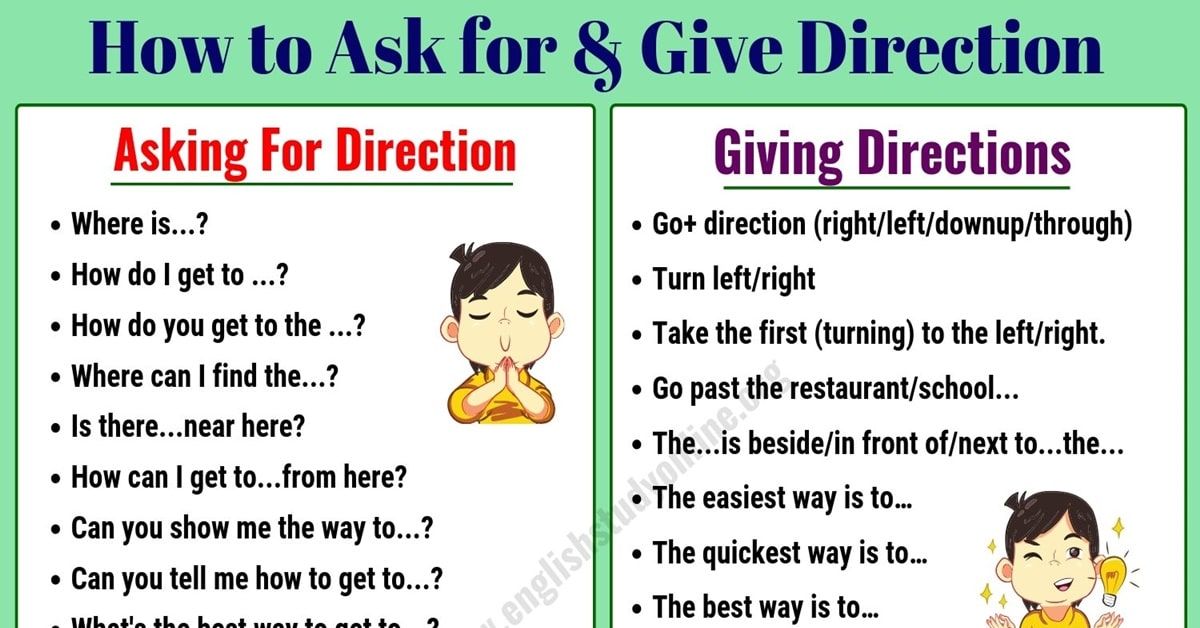
Symmetrical directional tread pattern . These tires are easy to recognize by their appearance, because the tread pattern resembles a herringbone.
Pros:
Cons:
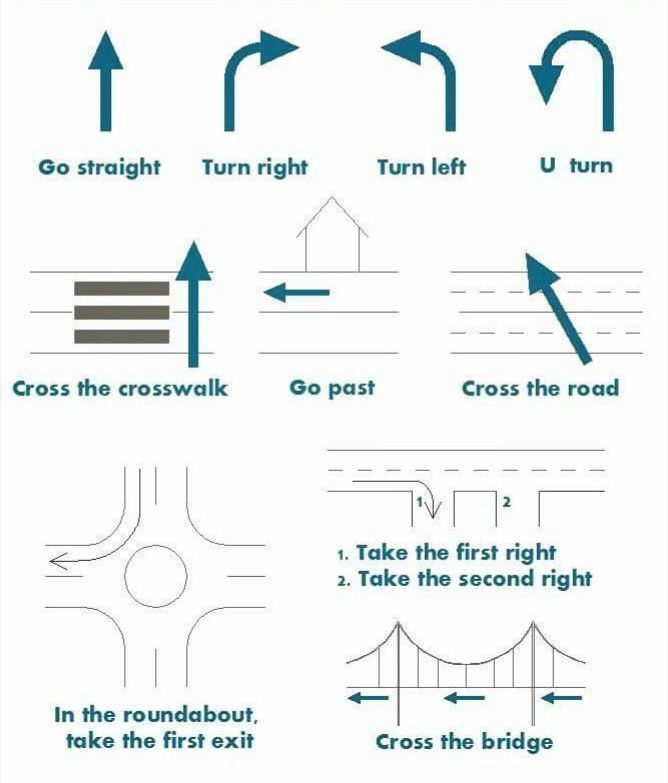 On each sidewall there is an arrow with the inscription "Rotation" or just an arrow. It indicates the direction of rotation of the wheel. Proper installation allows you to use all the positive qualities of the tread. Incorrect installation makes driving deadly. Especially on slippery surfaces! I wrote about this in the article "Delayed Action Mine".
On each sidewall there is an arrow with the inscription "Rotation" or just an arrow. It indicates the direction of rotation of the wheel. Proper installation allows you to use all the positive qualities of the tread. Incorrect installation makes driving deadly. Especially on slippery surfaces! I wrote about this in the article "Delayed Action Mine". If you love speed, often drive long distances on the highway and are not particularly constrained by funds, then tires with a directional tread pattern will appeal to you. It is also useful to use them in areas where it often rains and you have to drive on wet asphalt.
Asymmetric, non-directional tread pattern is becoming more and more common in sales and on new cars. Mostly on more expensive models.
Mostly on more expensive models.
Pros:
Cons:
Asymmetric directional tread pattern. These tires are quite rare due to their high cost and noticeable installation difficulties.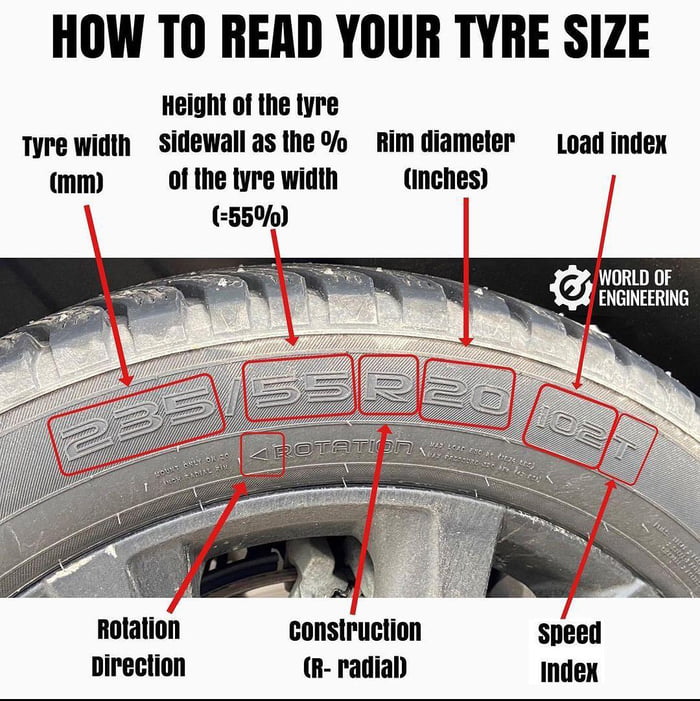 Due to their characteristics, they are produced for expensive, mainly sports cars and supercars.
Due to their characteristics, they are produced for expensive, mainly sports cars and supercars.
Pros:
Cons:
Asymmetric directional tires are not easy to find. They are very rare in our stores. They are used mainly in racing or on exclusive sports and hypercars. Accordingly, their price is very high.
Attention:
